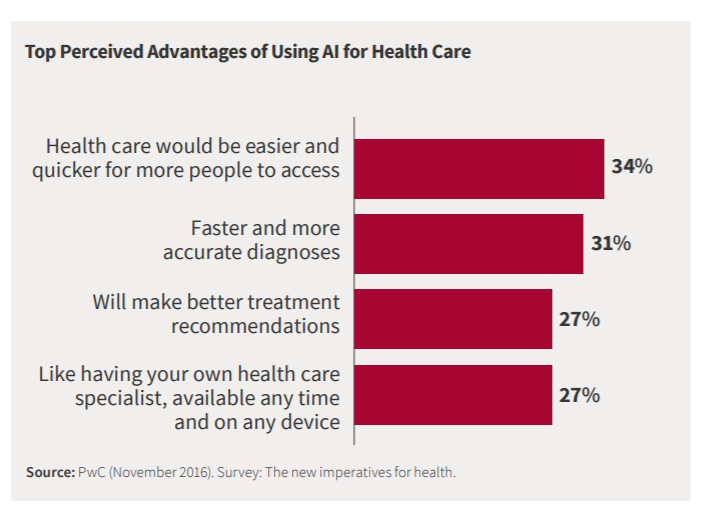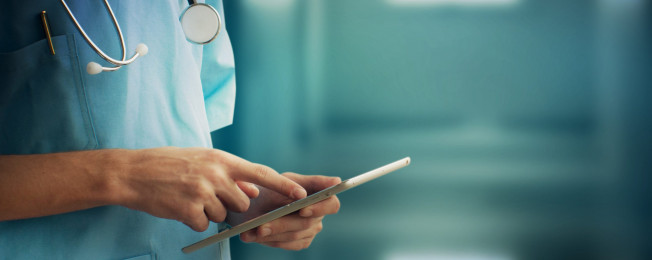What if you could access professional, sophisticated and personalized medical information via your smartphone? And what if visiting your doctor became a rare occurrence?
Medical technology is driving these questions and many others, as a data explosion and a sea change in the way it’s handled alters the face of clinical care and diagnostics. Digital tools are streamlining processes for physicians, nurses and patients, and they offer the prospect of better access to healthcare for everyone, including those in low-income countries and remote locations.
Soon applications like robot-assisted surgery will become commonplace, alongside virtual nursing assistance and vastly improved diagnostics, informed by a plethora of data points.
“Technology is really helping us identify the causes and underlying physiological changes for a particular disease,” says Dr Sharmila Mande, chief scientist at TCS Research, part of Tata Consultancy Services. “From the analytics, we can see what is wrong in a particular case and determine the risks. We observe that there are biological markers that can be used to predict what people are likely to suffer from. These markers can be identified using non- or minimally invasive methods like stool or blood samples.”
Democratizing diagnoses

Finding patterns in the data and extrapolating their implications for health, or predictive analytics, could offer a cost-effective and improved way of bringing treatments to a wider audience. At TCS, Dr Mande and her team are harnessing computer power to assess the risk of a range of diseases.
Their work, and other projects like it, offer opportunities to better enable care delivery and coordination and cut back on over-treatment, with some of the key beneficiaries being people in developing nations where access to health professionals is limited. The McKinsey Global Institute estimates that artificial intelligence will bring change to as much as 20% of the global healthcare market.
“For the first time in history, there is an opportunity to truly democratize healthcare,” says the Stanford Medicine 2018 Health Trends Report. This “is characterized by two major factors: the distribution of data and the ability to generate and apply insights at scale. It promises a world in which patients - armed with data, technology, and access to expertise - can take charge of their own well-being and manage their own health.”
The potential for improved public health cannot be underestimated, as healthcare workers spend less time on routine tasks, and focus more on what really matters. In the future, effectively utilized algorithms will present a rounded assessment of a case to doctors within seconds. Underscoring how much this could help, the Sloan Kettering Institute estimates that physicians currently use just one-fifth of available trial-based information when diagnosing and treating cancer patients.
Simplifying investigations

Dr Mande’s current work – based on more than a decade studying the microbes in your gut – compares the stools of healthy and unhealthy individuals and generates a Gut Health Score, that predicts the risk of a wide range of health conditions. Once fully developed, such a mechanism could streamline investigations, saving time, cutting costs, improving patient care and outcomes.
“It’s very simple and non-invasive, because the clinician asks the patient to get the stool checked,” she says. “We look into the microbial community within the sample, and, based on that, predict the health status and prescribe further tests.”
In this way, medical technologies can level the playing field, bringing high-level diagnoses to all and increasing the usefulness of regular health check-ups. Mande’s work is just one example of this. At Stanford, an AI algorithm has been developed that takes seconds to screen chest X-rays for more than a dozen types of diseases.
“To do things like this on a large scale, they have to become affordable,” Mande says. “We have to do it on a mass scale, and that will happen as the sequencing costs go down. With the increasing pace of development, I’m sure these things will become routine in the coming future.”


